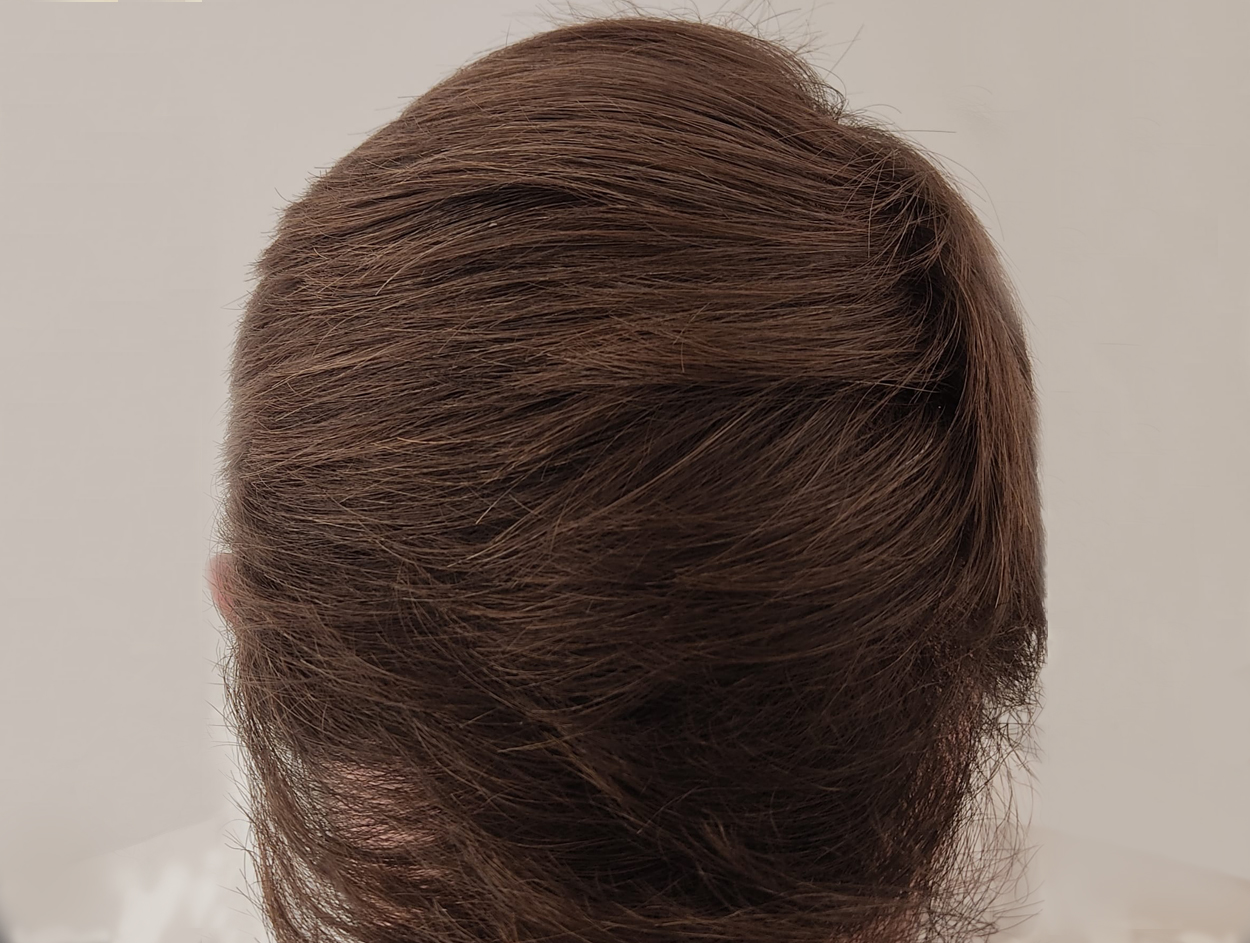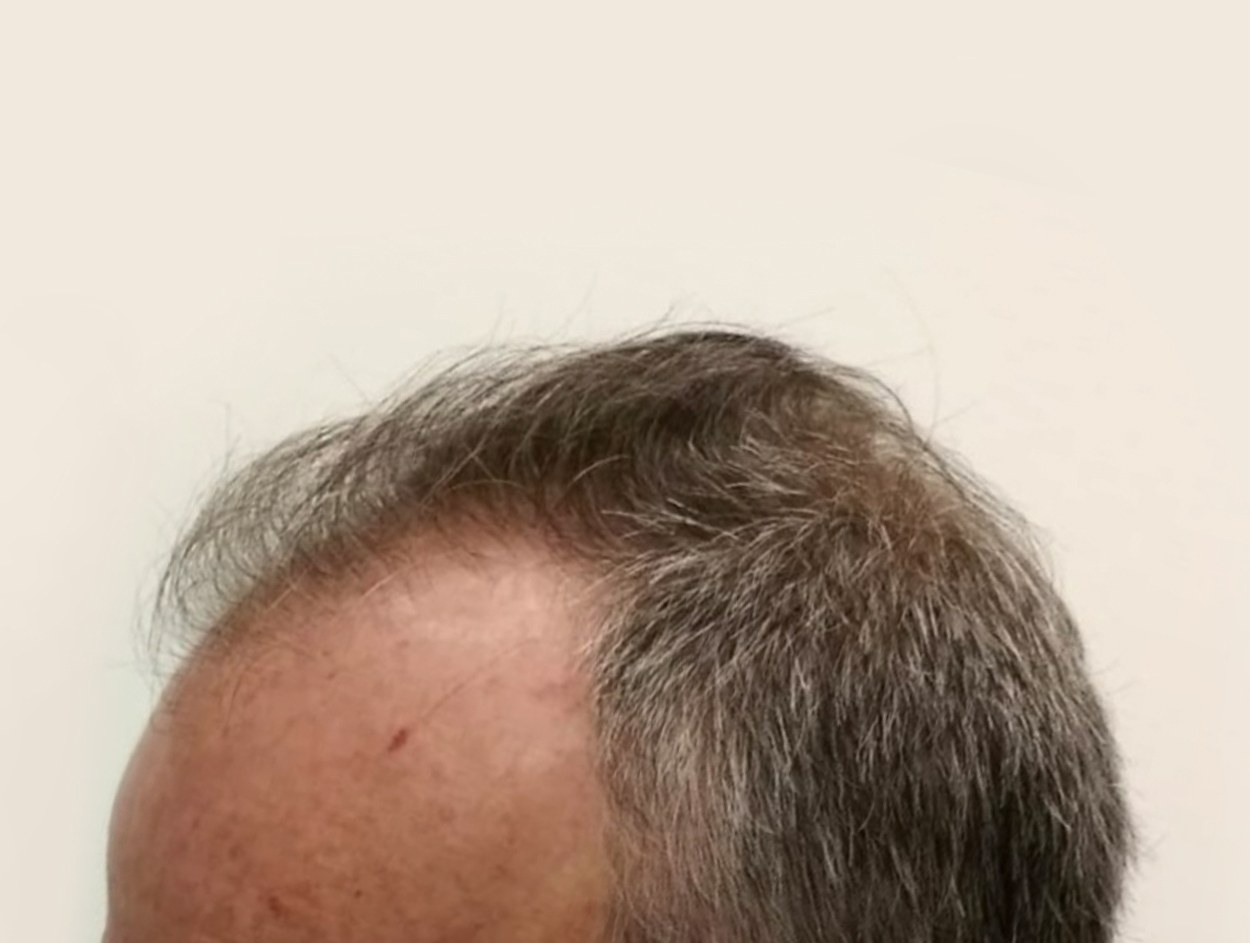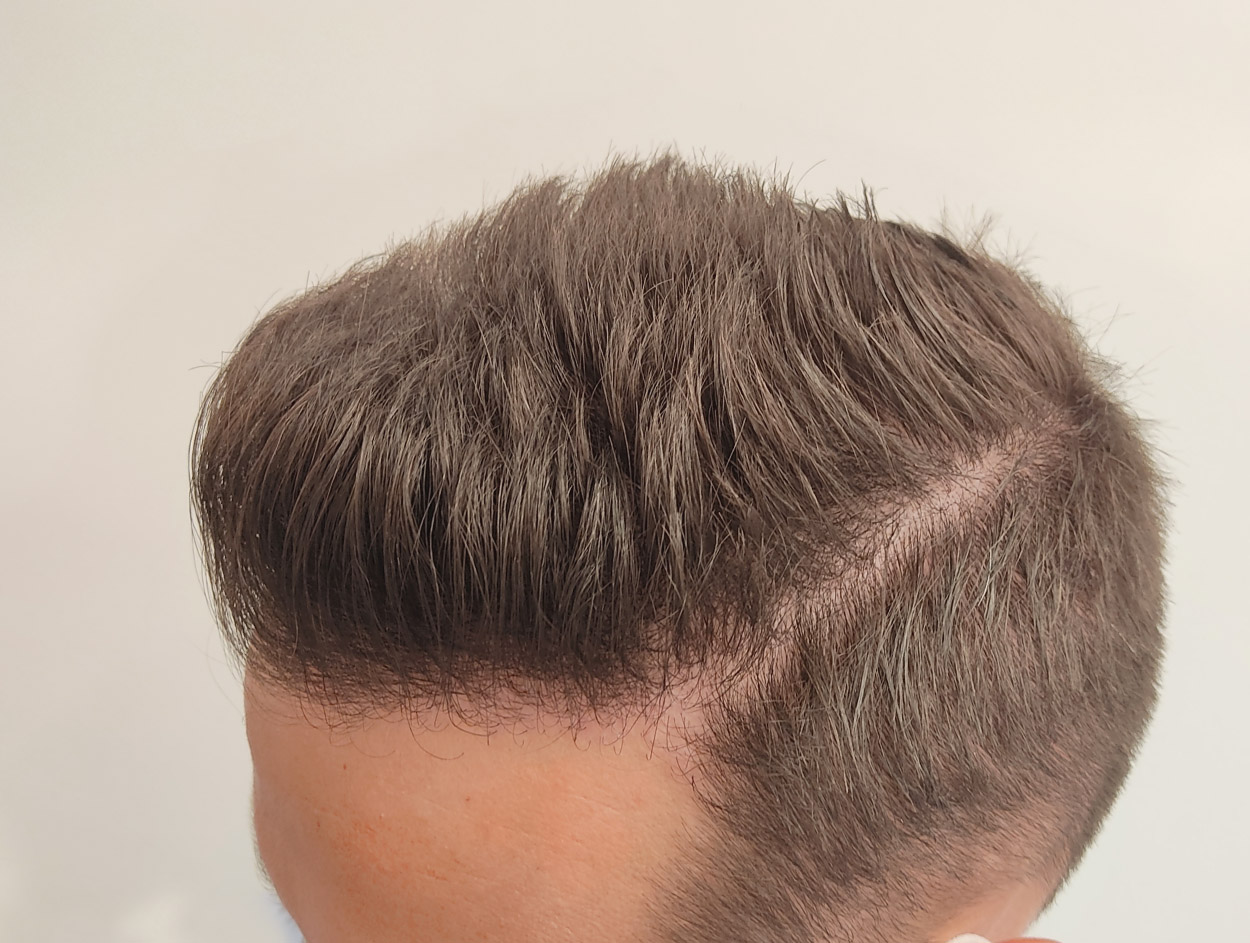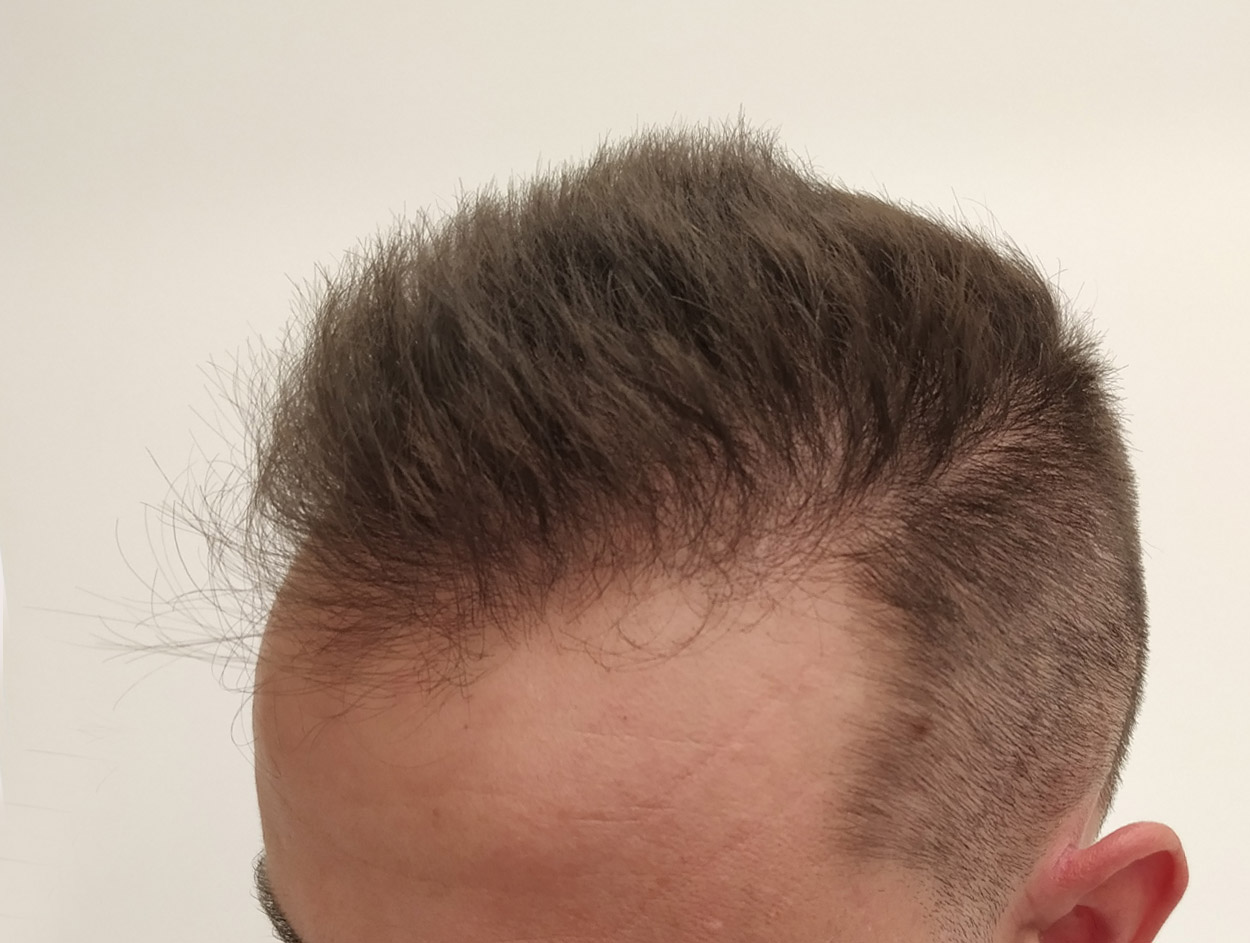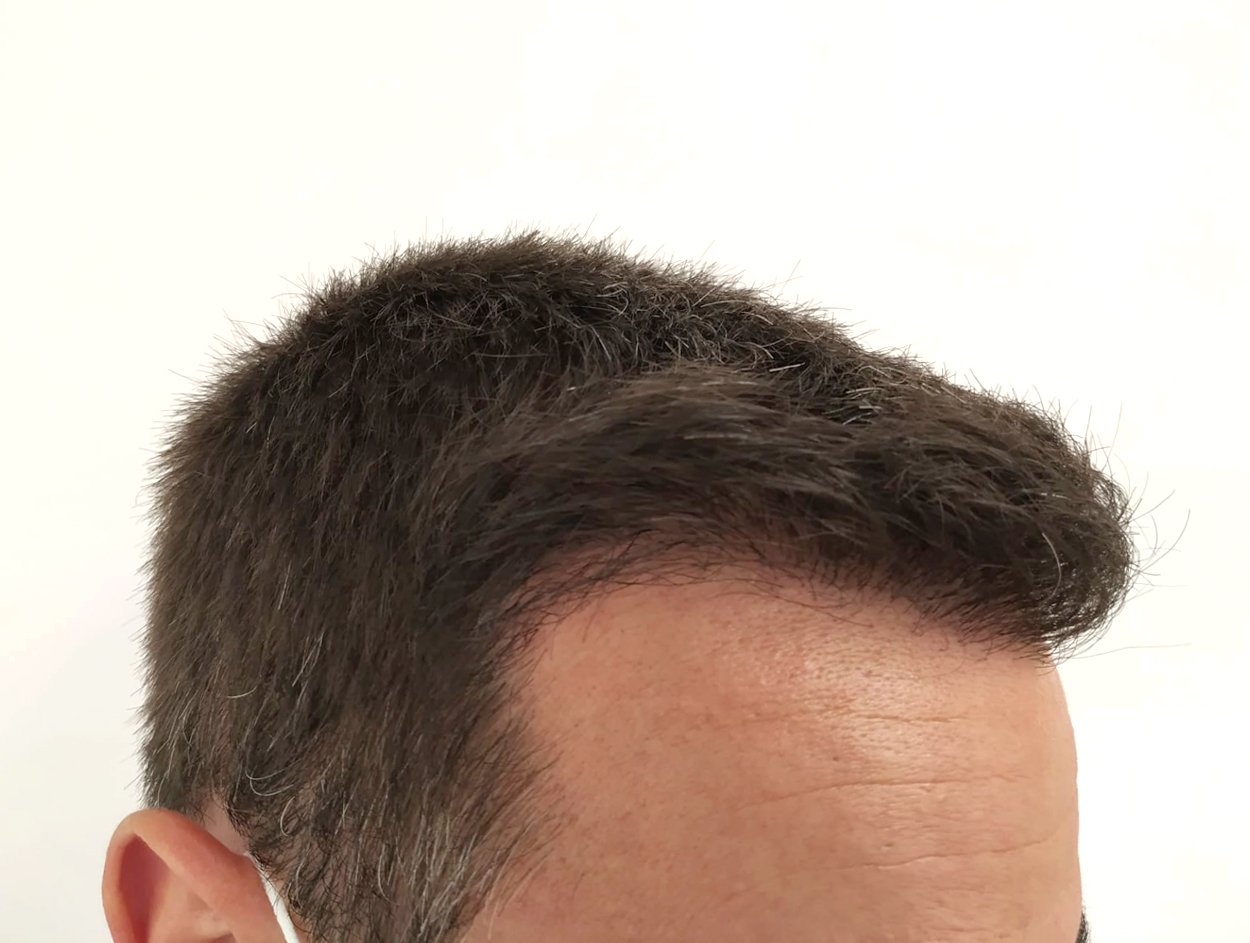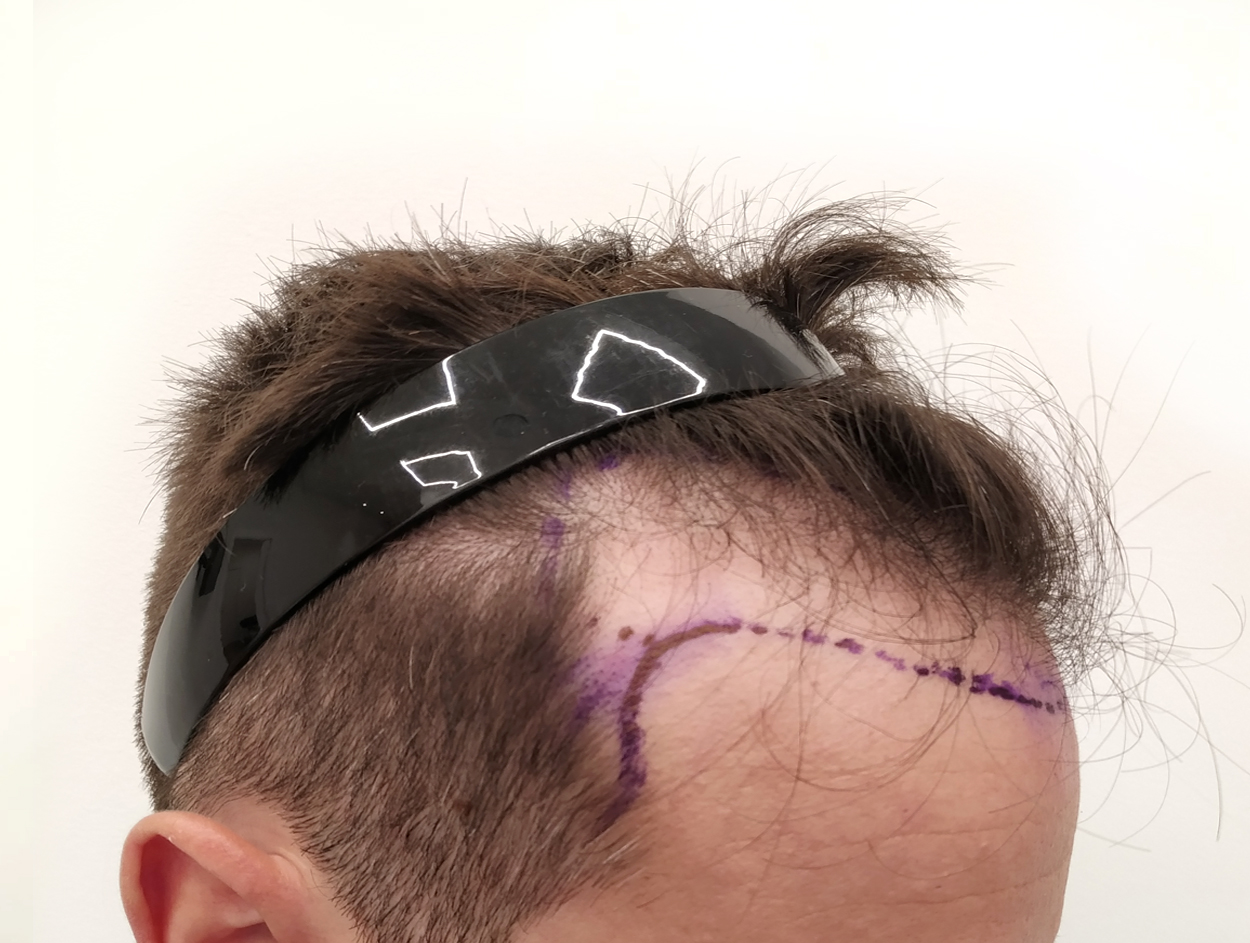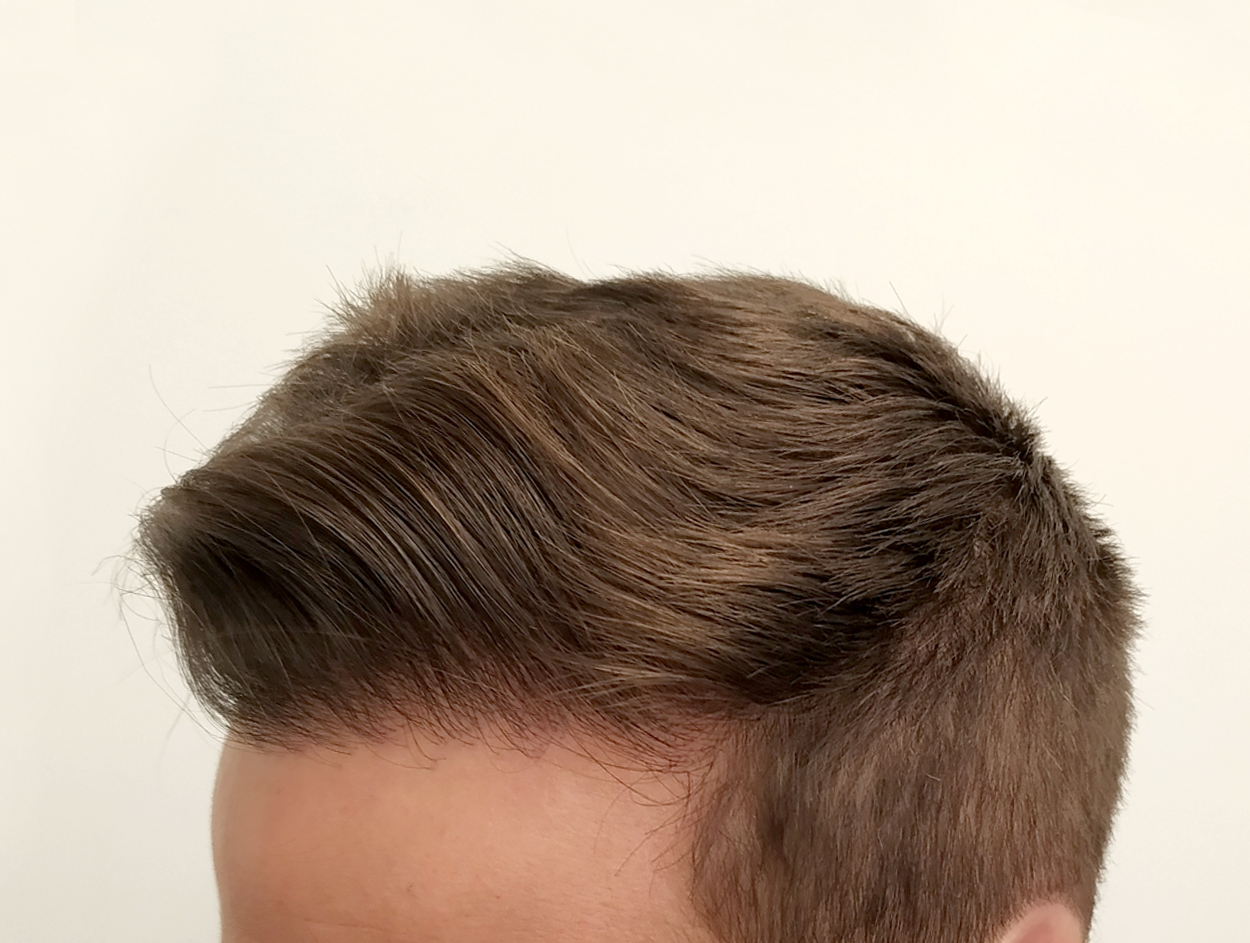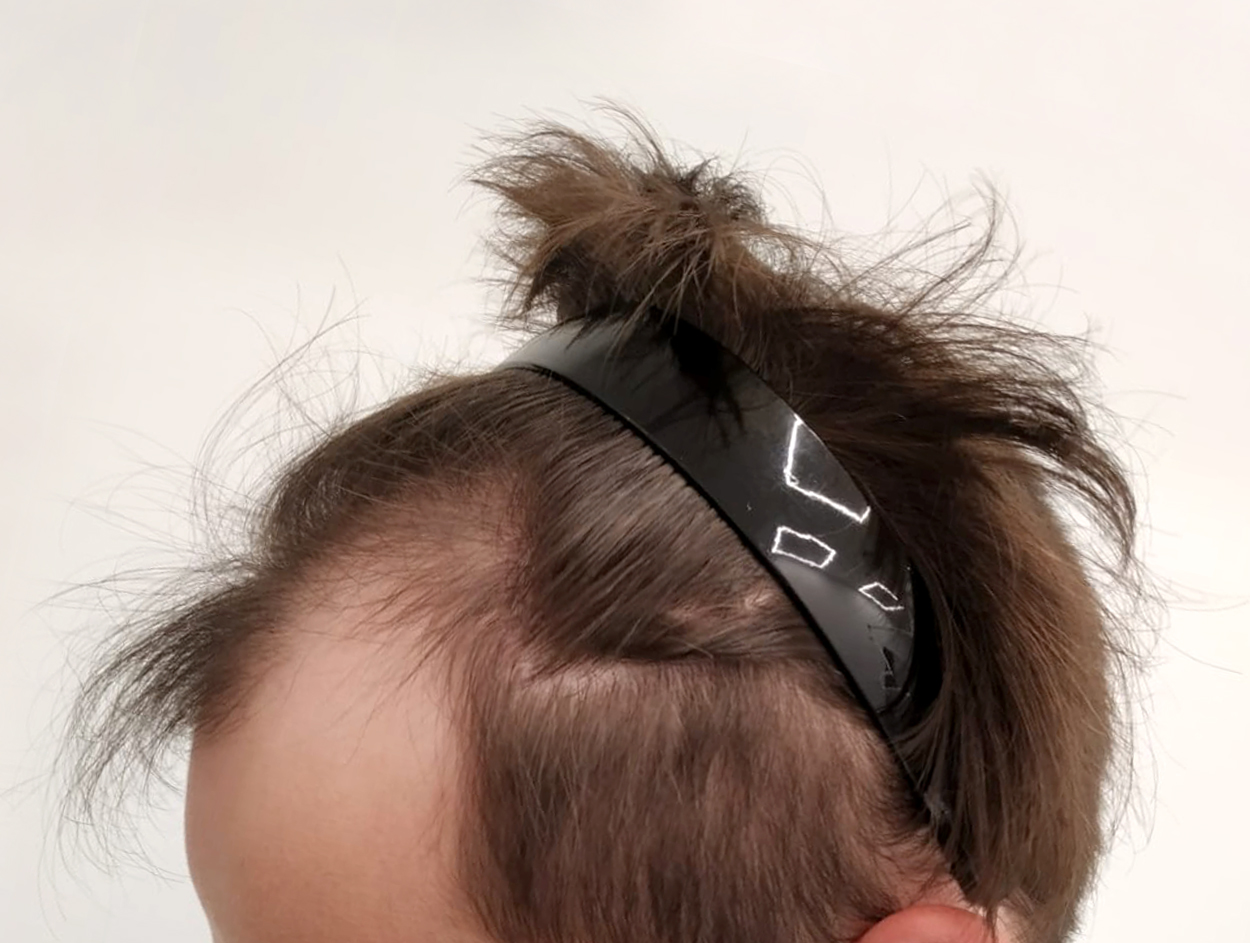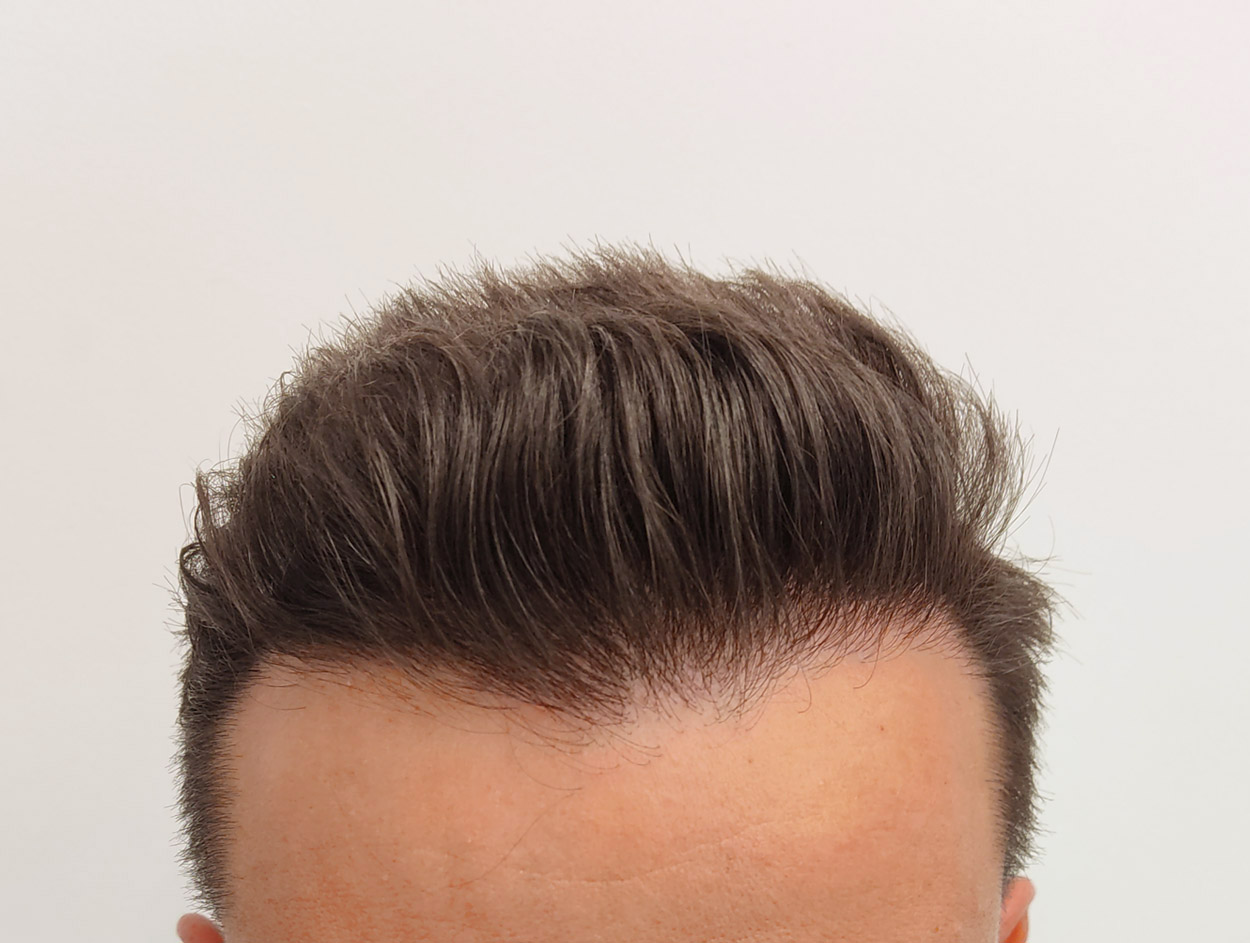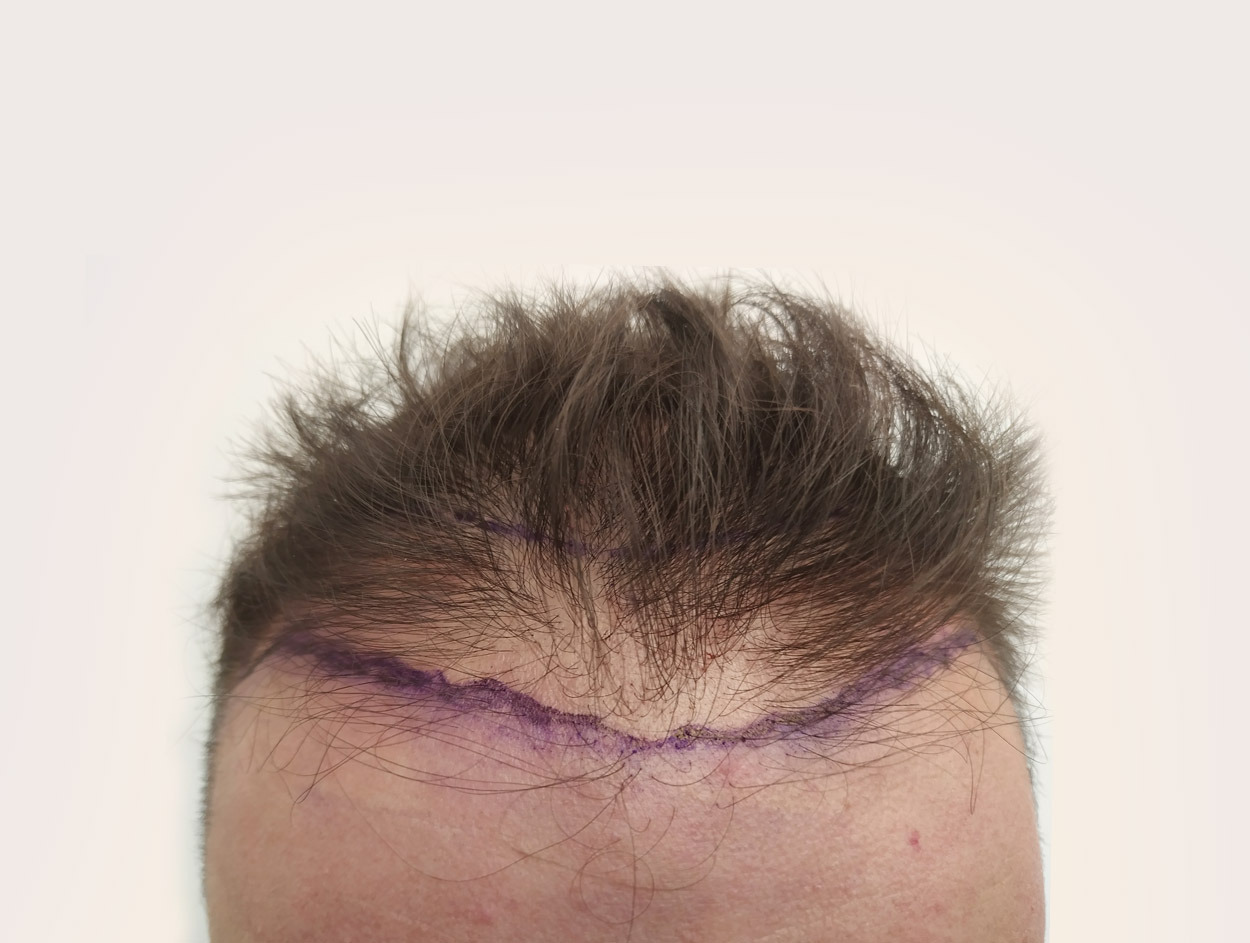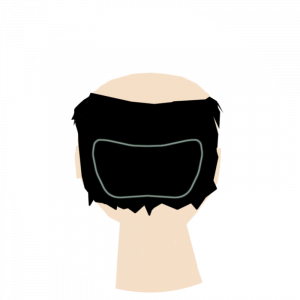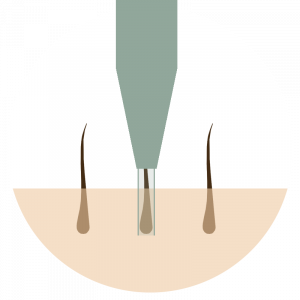At Clínica Alejandría we have a Hair Transplant Unit led by Dr. Elena RocheDr. Elena Roche, a dermatologist specialized in this field, with more than 12 years of experience.
In the first medical consultation, we analyze the hair and establish the diagnosis, we must determine what type of alopecia we have, and establish an appropriate treatment for it.
Not all patients or all alopecia are candidates for transplantation. It is important to study each patient in detail to be able to offer the best surgical technique in your case.
More than
transplants
More than
years of experience
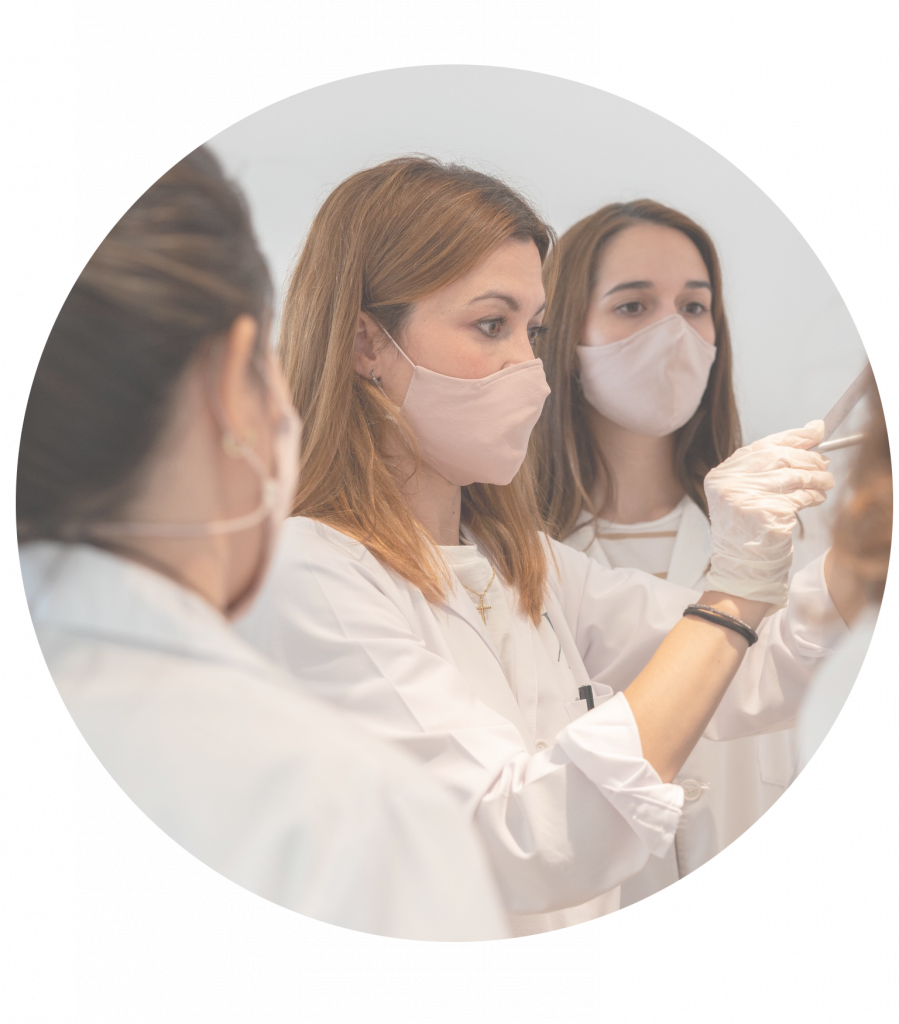
GENERAL QUESTIONS
- Why should I get a transplant?
The main indication for hair transplantation is to recover hair density in patients with male or female androgenetic alopecia.
- What technique is used?
At Clínica Alejandría we perform hair transplants using the FUE (follicular unit extraction) technique, that is to say, extracting the follicular units one by one from the donor area. These follicular units are counted and classified each one of them, according to the number of hairs that compose them, to later implant them in the recipient area.
- How to guarantee a natural result?
The distribution of the follicular units and the design in the first line is key to achieve a natural result. We use the sophisticated DHI (direct hair implantation) system, whose advantages include the reduction of bleeding, the incision in the skin and the introduction of the graft with a single gesture, the reduction of the manipulation of the follicular root, thus increasing survival, and facilitating the placement of the grafts at the same and correct depth, minimizing complications such as the appearance of folliculitis and cysts.
- How do I know if I am suitable for hair transplantation?
Each design is personalized and agreed with the patient, taking into account various criteria such as the extension of the recipient area, the quality of the donor area, physiognomy and prognosis of the patient’s alopecia.
CASES PERFORMED BY DR. ELENA ROCHE ELENA ROCHE
BEFORE / AFTER
Scroll to the right to see the before and to the left to see the after.
PROCEDURE
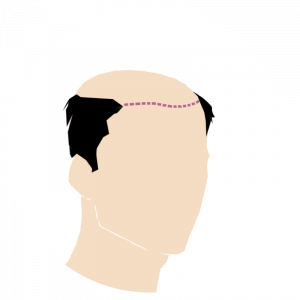
DESIGN: the implantation line where the hair will begin is marked. This step is crucial to ensure a harmonious and natural result with the patient’s features.
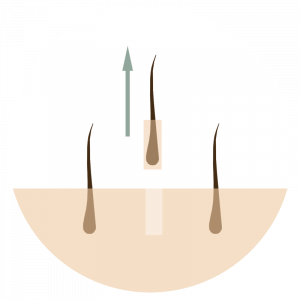
TECHNIQUE: Follicular units are extracted by means of a very precise device, one by one, without damaging the surrounding follicles.

CLASSIFICATION: the follicular units are counted and separated according to whether they have 1, 2, 3, 3, 4 or more hairs, in order to place them in the recipient area in the most appropriate way. During the time they are out, they are nourished with the patient’s own platelet-rich plasma.
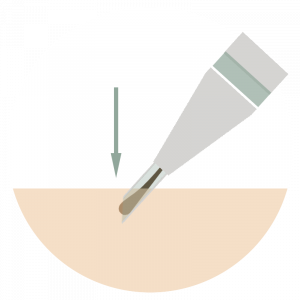
IMPLANTATION- DHI- SYSTEM: direct hair implant. Follicular units are placed one by one in the recipient area by means of an implanter. Thanks to this technique it is not necessary to use a scalpel to open the channels where the follicles will be deposited, so the wound is smaller and leaves no scar. In addition, with the implanter we can control the angle of inclination, depth and direction of the channel.

RESULT: the recipient area is repopulated by the patient’s own hair arranged in a natural way.
CASE FOLLOW-UP
This is the evolution in images from before the hair transplant until the definitive result is achieved after one year.
Pre-implantation
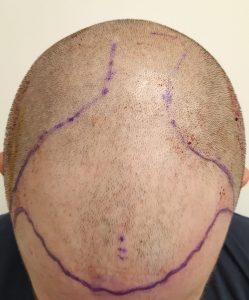
Post-surgery
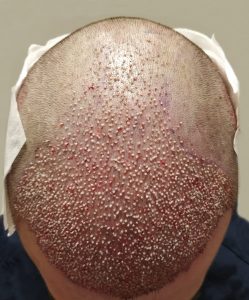
4 days
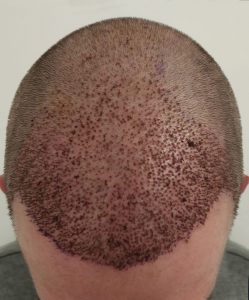
4 days
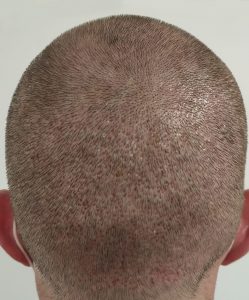
1 month
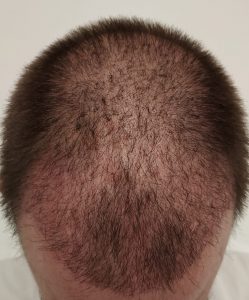
1 month
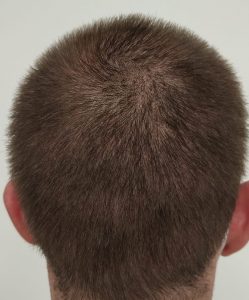
2,5 months
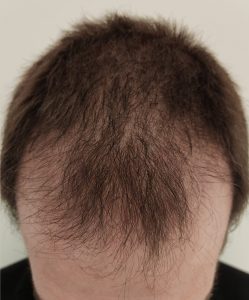
2,5 months
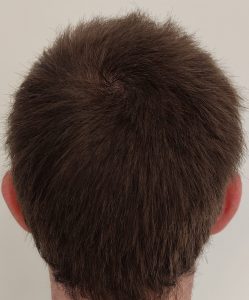
5 months

9 months
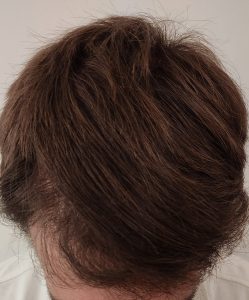
1 year
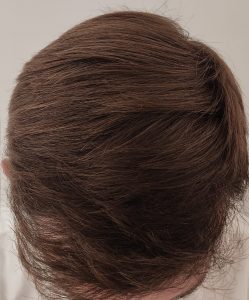
FREQUENT QUESTIONS
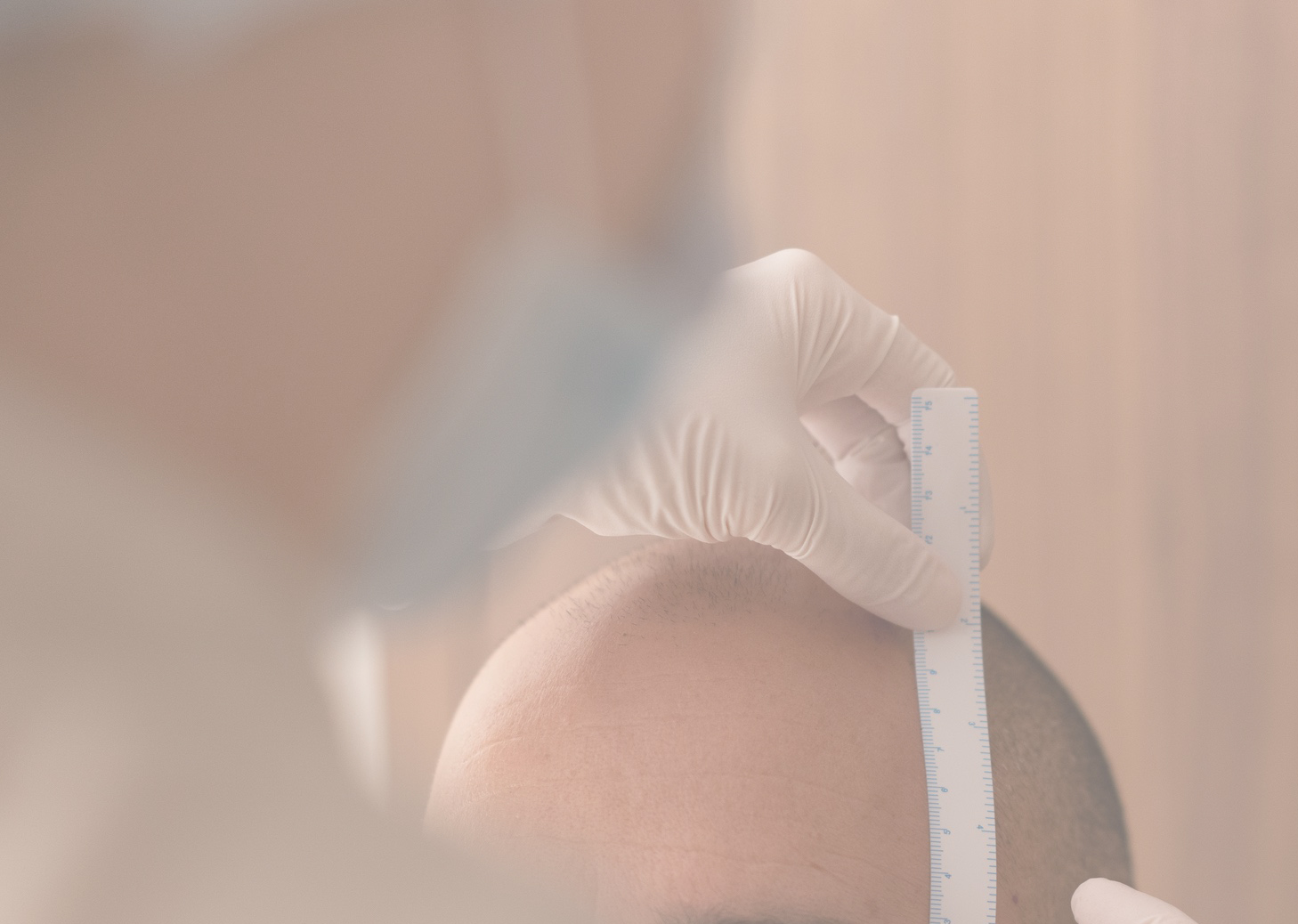
FREQUENT QUESTIONS
BEFORE SURGERY:
How many days do I need to be on LOW?
We recommend 10 days if you do not want to notice the scabs.
Do I have to wait until I lose enough hair to consider a transplant?
It is not necessary to wait. The transplant can be performed when you have a stabilized alopecia. We do not recommend it for patients under 25 years of age.
The surgery is to repopulate areas where hair has already been lost. You can repopulate a first line, a small receding hairline, or a crown.
If I have a transplant and I keep losing hair in other areas?
Alopecia is not cured with surgery. The surgery is to repopulate areas where hair has already been lost.
The hair grafted in the transplant will last in the same way as it would in the original donor area, so it will be very important to maintain it with treatments such as Minoxidil and Finasteride to preserve the aesthetic results over time, avoiding hair loss in any area.
Can it be performed in women?
Yes, in selected women, with acceptable donor area and alopecia under treatment.
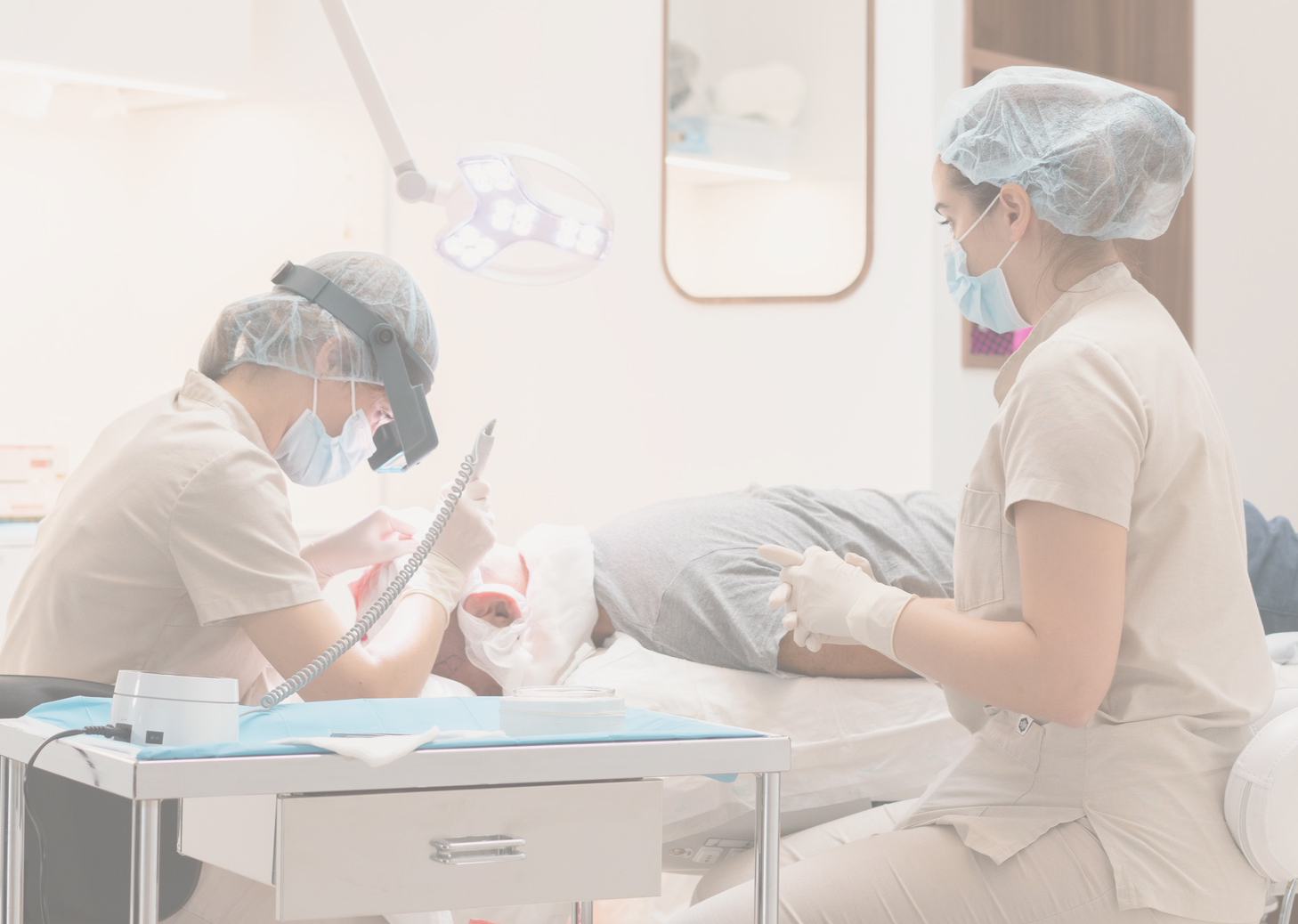
FREQUENT QUESTIONS
ABOUT THE DAY OF SURGERY:
Should I come on an empty stomach?
No, on the day of the procedure you should eat a good breakfast.
Do I wash my hair the same day or the night before?
You should come to the clinic with freshly washed hair. Do not apply any type of product such as hairspray, hair gel, mousse, etc.
How should I dress?
It is important to come to the surgery with a button-up shirt, to avoid touching the area once the surgery has been performed.
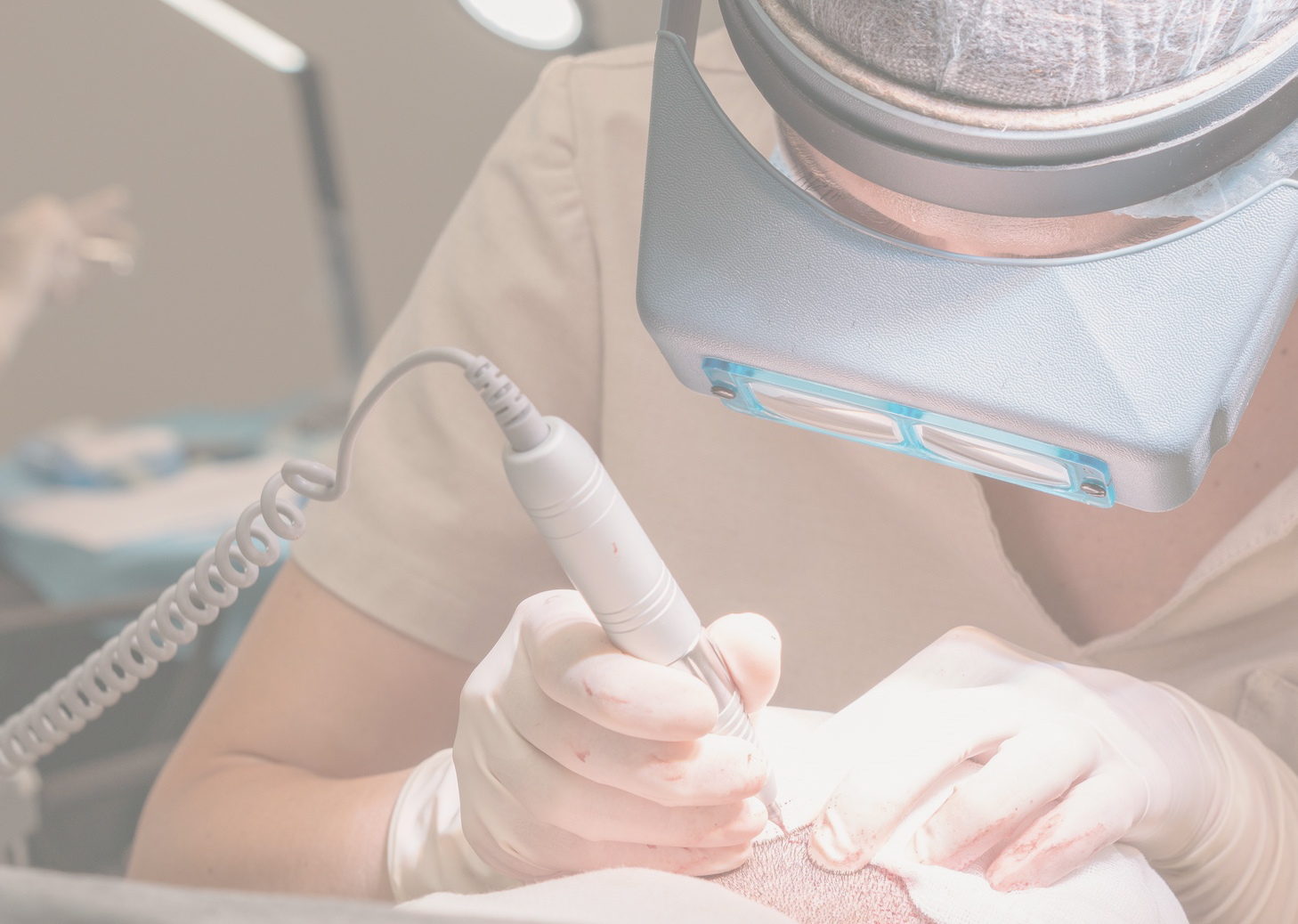
FREQUENT QUESTIONS
AFTER SURGERY:
When will the transplanted follicles be completely safe?
From day 8 after surgery. Normally, the donor area heals within 7-10 days.
Is it normal for hair to fall in the recipient area after surgery? Should I be scared?
Relax, it is normal. The existing hairs in the transplanted follicles may fall between the second and sixth week after the procedure. This is a “dormant” phase for the transplanted follicles, and it is normal for them to fall out and then grow again.
When does the transplanted hair start to grow?
In most cases, transplanted hair begins to grow between the third or fourth month after the procedure.
When will I be able to see the final result?
Around the tenth month, most people can already appreciate a result close to the definitive one. After one year, 90% of the transplanted hair will have reached normal growth.
After the surgery, do I have to attend check-ups at the clinic?
To evaluate the evolution of the transplant you will have periodic check-ups: the first one will be 3-4 days after surgery to perform the lavage in the clinic, then 10 days and 1-3-6-9-12 months after surgery.
However, we are always at your disposal to answer any questions or perform additional review if needed.

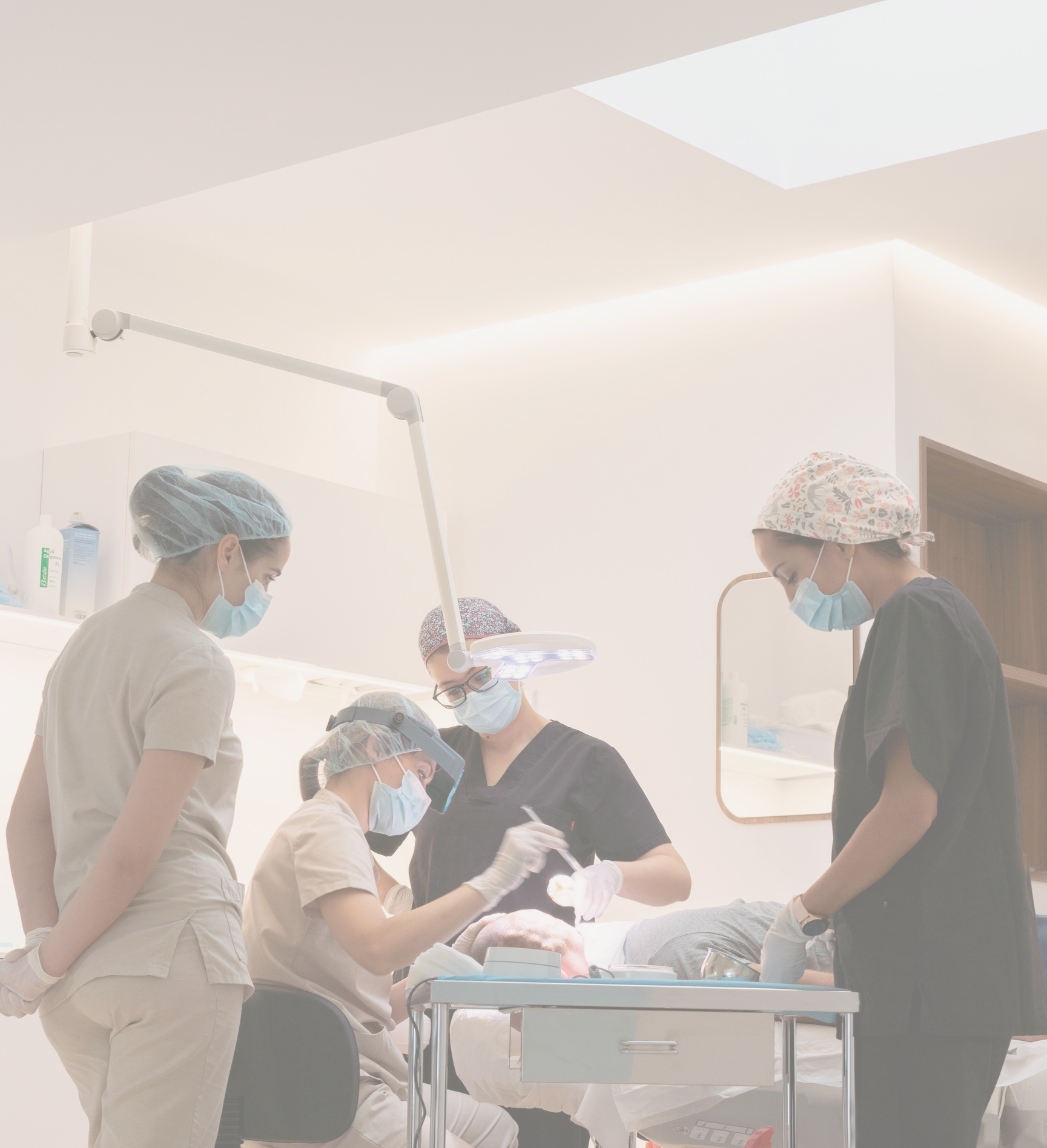
ALL YOU SHOULD KNOW
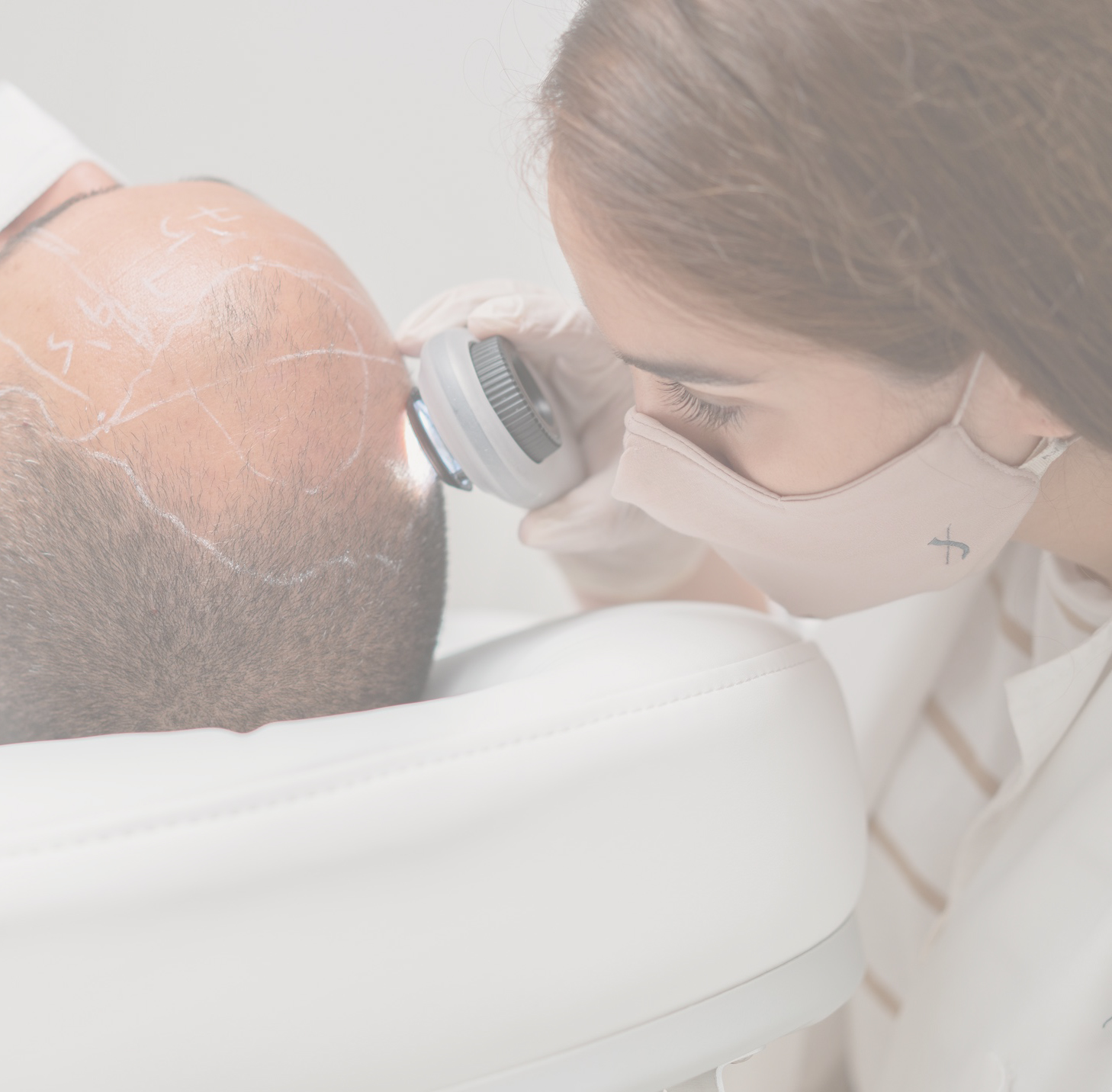
ADVICE
BEFORE HAIR TRANSPLANT SURGERY:
- 7 days before, do not take minoxidil, nor 15 days before any vitamin complex. It is not necessary to suspend the treatment with Finasteride.
- The week before and up to 24 hours after, do not take ibuprofen. Paracetamol can be taken.
- 2 days before, do not drink coffee or caffeinated beverages or alcohol.
- Avoid smoking the 15 days before and after.
- The preoperative period is very simple: In patients under 45 years of age, a basic blood test with coagulation, hemogram and serology will be enough. In patients over 45 years of age, we will also need an informed electrocardiogram.
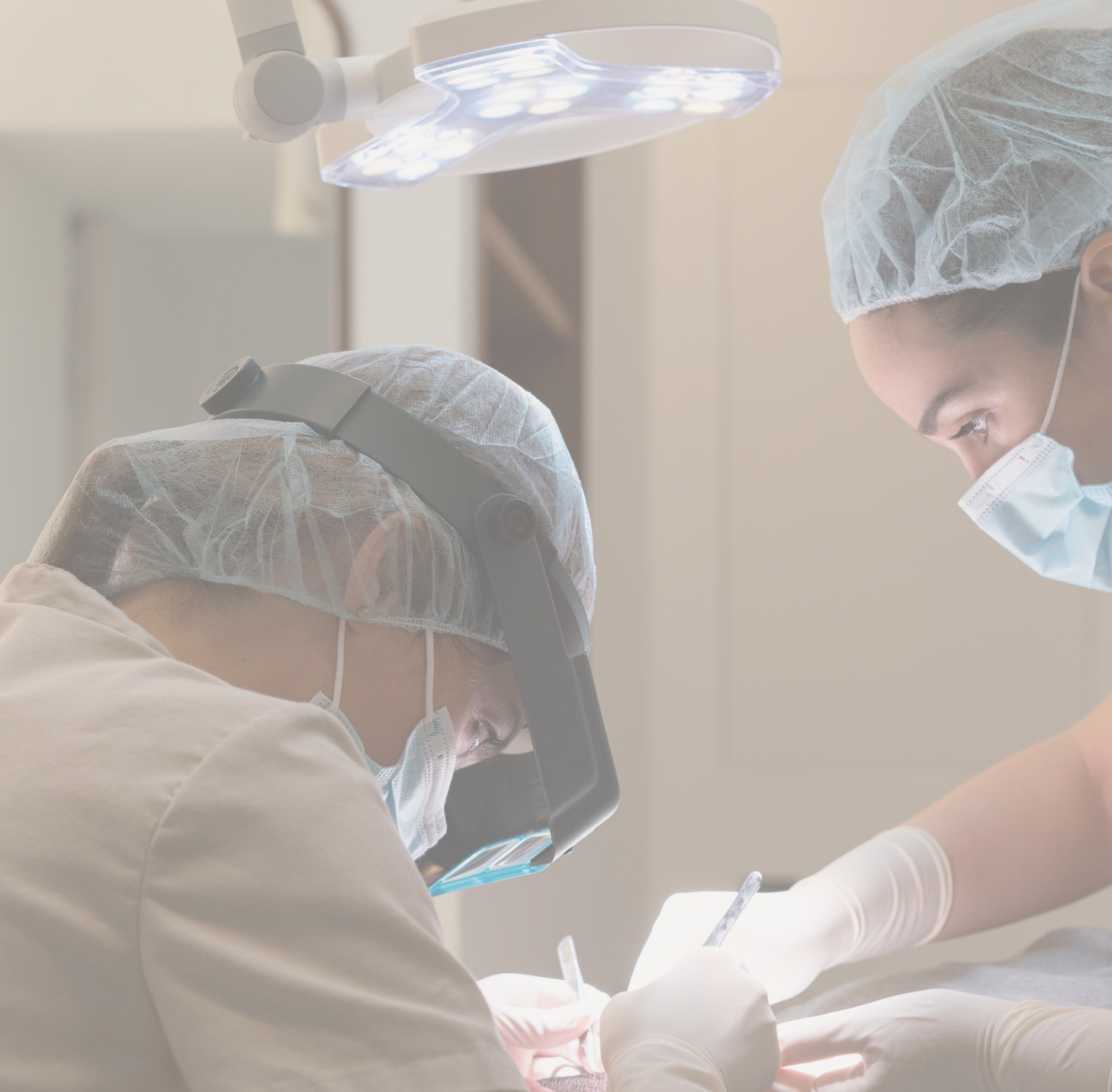
ADVICE
AFTER HAIR TRANSPLANT SURGERY:
- After the procedure, eat a light meal and rest.
- Sleep carefully, avoiding touching the recipient site for 10 nights following the procedure. Use the travel cushion provided for this purpose.
- Do not touch the transplanted area.
- The first 10 days you must be especially careful with the recipient area, avoiding rubbing or rubbing strongly, due to the risk of removing the grafts.
- During the 4 days following the procedure, keep the recipient area very well hydrated by applying about 10 sprays of saline solution every hour during the day. It is not necessary to get up at night.
- Do not take aspirin or ibuprofen for 24 hours.
- Do not drink alcoholic beverages the day after the procedure.
- Do not lower your head abruptly, do not squat or make sudden movements during the first two days after the procedure.
- Do not do any sport or physical effort during the first 3 weeks and if it is a contact sport, you can not do it until 30 days after the procedure.
- From the 4th week you can swim in chlorinated pools, and in the sea from the 3rd week, but always protecting yourself from the sun with a cap.
- Saunas are forbidden during the first month.
- Intense and direct sun exposure should be avoided for 2 months. The grafts are not damaged, but pigmentation changes may occur in the skin of the operated area.
- After 4 days you can wear a hat or cap for protection, as long as it does not touch the grafts. However, we advise you to keep your head uncovered to accelerate the healing process.
- Avoid smoking as much as possible.


